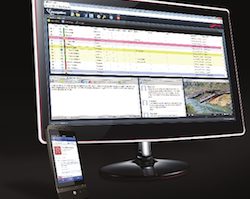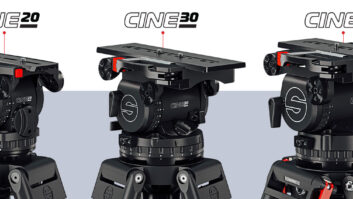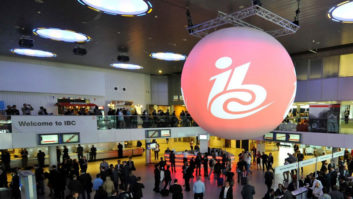The delivery of broadband services can no longer be considered an adjunct to the main broadcasting business because audiences are demanding nonlinear services like VoD. But the ‘Broadcast Meets Broadband’ session, produced in association with the EBU, revealed that both big organisational and technology challenges persist.
“We have to be everywhere now because our audience is everywhere and we have to change our business from being content driven to being audience driven and to be fair, that scares the bejesus out of most of us,” said Egon Verharen, manager of R&D for NPO in the Netherlands.
Meanwhile, there are technical issues around both contribution and distribution and making it all work around the systems that broadcasters already use. “There has to be a marriage of the systems we are already using for our normal production and (a way to) enrich that with new systems that make it capable for us to do storytelling on multiple platforms,” said Verharen.
There are questions about where in the production chain to repurpose content for the different platforms and whether to store it for the different platforms or to repurpose it in realtime. There are also really difficult questions around the tradeoff between speed and quality, as well as serving all the many consumer devices out there. “I have to build different streaming platforms because some support HLS (HTTP Live Streaming) and some support progressive download, so it’s good that new things like DASH (Dynamic Adaptive Streaming over HTTP) are coming as well as standards,” said Verharen.
“There is a huge audience expectation around broadband,” said Henry Webster, executive product manager, media services at the BBC, which gets more than 10 million requests a day for its online iPlayer. “This is only 2% of people’s consumption of BBC programming but it is a growing 2% and many people couldn’t live without iPlayer.” Webster described the project to rebuild the backend of iPlayer called Video Factory and Audio Factory to address the problems created because the iPlayer system was built in an “experimental space” and so is a “very manual hand-cranked operation.”







